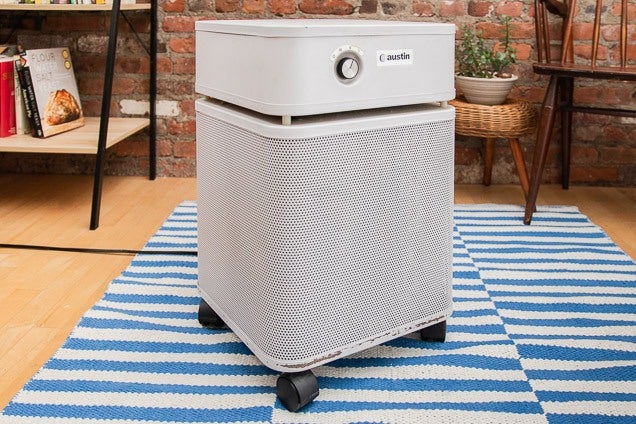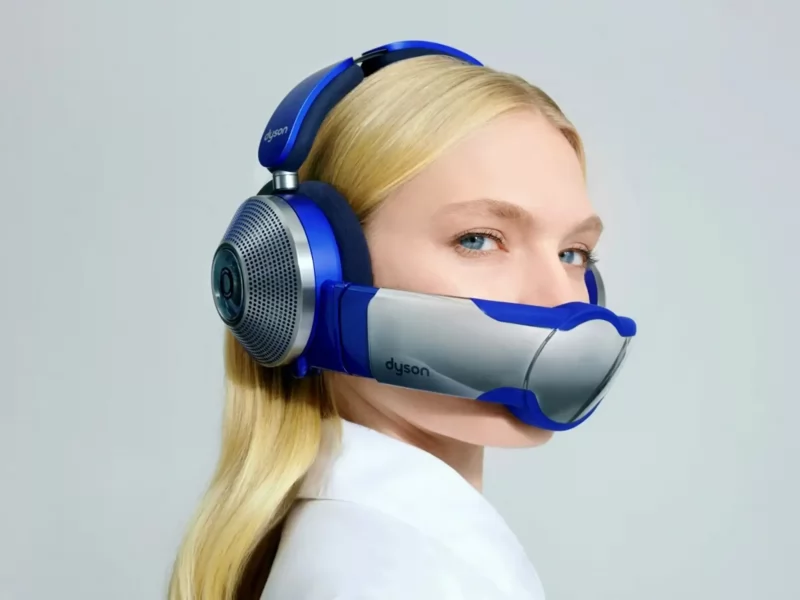There was a time when indoor air purifiers were found only in manufacturing plants and in offices or other areas where many people gathered.
Restaurants installed them to eliminate the cooking odors from last night’s meal while fitness gyms use air purifiers to remove that locker room smell.
In manufacturing plants, sophisticated indoor air purifiers removed harmful chemicals and gaseous byproducts from the air workers breathed. Many of the plants used dangerous materials to produce their products and keep the work force safe.
Medical clinics and doctors offices adopted the use of indoor air purifiers in their waiting rooms. It’s difficult to imagine an area with more potential for bacteria and viruses to be present in the air you breathe than in a doctor’s waiting room.
For hospitals, clean rooms are areas of the hospital that are kept free of any biological or viral contaminants in the air or on surfaces. High efficiency air cleaners make this possible by removing virtually all of the pollutants and dangers bacterial hazards that might be in the clean room. This has greatly reduced the incident of infection contracted in hospitals settings.
In research labs and some manufacturing facilities, VOCs are a hazard. Volatile organic compounds are often released through chemical combinations, use of certain chemical components and through some manufacturing processes. The highest priced indoor air purifiers are not those that provide clean rooms for hospitals. They are the critical units that remove volatile organic compounds from the air.
For some premises, the air is cycled through the air cleaner to remove VOCs while other high risk locations also have air cleaning systems to provide for the safety of any indoor air that is released to the outdoor environment through ventilation. Levels of VOCs another contaminant byproducts produced by businesses are carefully monitored with oversight by the EPA and OSHA.

Air Purifiers at Home
As our knowledge of the delicate balance of the environment has grown, so has our understanding of the need to breathe clean air. We’ve all seen dust motes floating through the air in our homes when a beam of sunlight strikes it. We breathe that air and a home filled with dust and danger and pollen particles exposes our lungs to those contaminants as we breathe them in.
The first indoor air purifiers were luxury additions to expensive home. It was a good marketing ploy to promise clean air and it fit in with the rising environmental movement in the country.
It wasn’t long before some savvy entrepreneurs developed their own versions of indoor air purifiers. A few of these companies spent more money on promoting their trendy product than on designing and building it. “Ionic” was a buzzword frequently used and many indoor purifiers were launched to capitalize on the growing interest in and popularity of air purifiers.
There were good quality home air purifiers on the market that had been available for the public for many years. These brands had a devoted following but did little advertising. The units were well built but did not always use the most effective filtration system. They also required more maintenance time and money than many of the high quality indoor air purifiers produced today.
It was the rapid introduction of so many low cost indoor air purifiers claiming to use ionization that led government agencies to begin a study to evaluate the byproduct ozone. Ionic air purifiers make the air in a room smell clean but may not remove much, if any, of the particulates in the air.
Health Concerns
Of more concern is that a byproduct of providing a negative charge to ions is ozone. Far above the earth a layer of ozone products our atmosphere from the harshest rays of the sun. A huge concern of environmental scientists in recent years has been a thinning of this protective ozone and the possibility of holes in the ozone layer.
Ozone is also present at ground level. When a thunderstorm passes through, the lightning bolts in the storm create negatively charged ions. Ozone is also created. After a storm with lightning passes by, the air outdoors smells fresh and clean. This is the same process used, on a smaller scale, by ionic indoor air purifiers.
Ozone is considered harmless to people at low levels and is naturally occurring. The problem is we don’t know what level is safe and at what point the levels becomes unsafe. Until the studies are completed and safety levels of ozone are established, we don’t know if ionic air purifiers will meet those standards.
Ozone has an odor much like sulfur (think rotten eggs) yet we seldom smell the ozone around us. Most of the experts tell us ozone is safe as long as we can’t smell it. They advise people that if they are in an area where ozone may be byproduct, they should leave that area if they begin to smell the sulfur smell of ozone.
That has frightened some consumers but the effects of breathing high concentrations of ozone will disappear quickly once you leave the area. This is one reason not to purchase cheap ionic indoor air purifiers.
The shoddy construction almost guarantees the units will not have a long life but also they won’t be very effective in cleaning the air in a room. They also may not be sufficiently engineered to provide a consistent level of ozone that is well within the safety range. Despite the cautions, it’s important to note not one death has ever been attributed to breathing high concentrations of ozone.
Summary
Years ago, our Grandparents opened the windows wide just after a thunderstorm to “let in the fresh air”. Today our homes are tightly insulated, our windows are double paned and equipment works throughout the year to humidify or dehumidify, to heat and to cool from one season to the next.
Opening the windows to let in fresh air is something many people never consider. That’s why indoor air purifiers have become popular with homeowners throughout the country.
